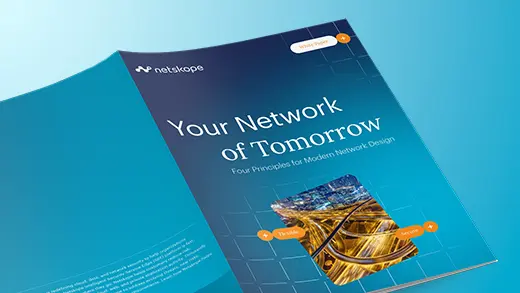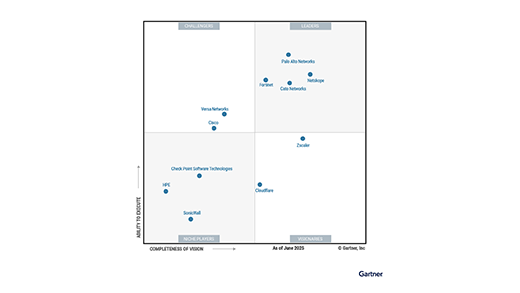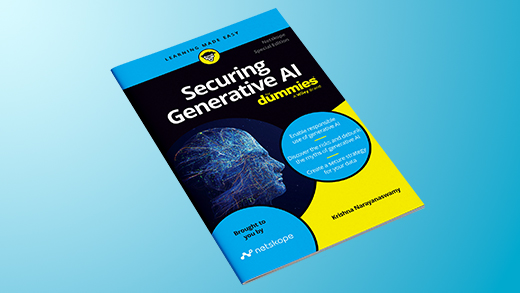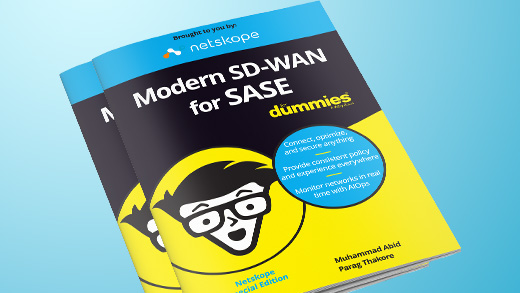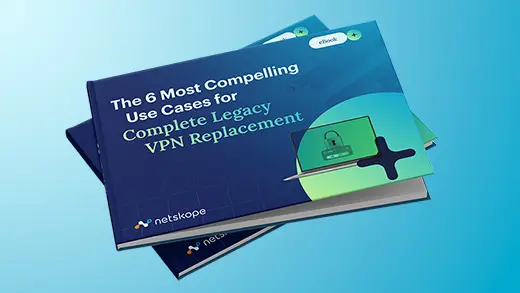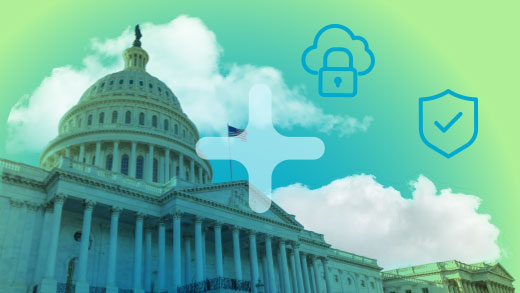This report explores recent trends in the adoption and governance of generative AI applications, enterprise AI platforms, API usage, cloud app activity, and data policy violations across the manufacturing sector. It highlights how organizations are balancing rapid innovation with the need for stronger data protection, compliance, and risk management controls.
- GenAI usage: Adoption of genAI in the manufacturing sector has remained consistently high. While personal genAI usage saw a decline, there was a notable rise in the adoption of organization-approved genAI solutions, indicating a shift toward platforms with stronger safeguards.
- Agentic AI: As genAI adoption matures, organizations are increasingly transitioning from SaaS-based tools to more flexible and privacy-conscious genAI platforms, offering greater control and custom application development.
- GenAI APIs: Integration of genAI APIs beyond the browser is expanding rapidly, with many organizations connecting to api.openai.com and other APIs for internal tools and AI agents.
- Malware distribution: Attackers are increasingly exploiting trusted cloud platforms to deliver malware, with Microsoft OneDrive, GitHub, and Google Drive being commonly abused.
- Cloud app usage: Personal cloud applications remain widely used in workplace environments, blurring the line between corporate and personal data management, with Google Drive, LinkedIn, and OneDrive among the most popular personal apps.
- Personal app data controls: Organizations are deploying various tools to reduce the risk of data leaks through personal cloud and genAI applications, with Google Drive, personal ChatGPT, and Google Gemini being the most frequently controlled apps.
- Data policy violations: Analysis shows that regulated data, intellectual property, and passwords/API keys account for most data policy violations in personal apps, underscoring the challenge of safeguarding sensitive information in unmanaged environments.




